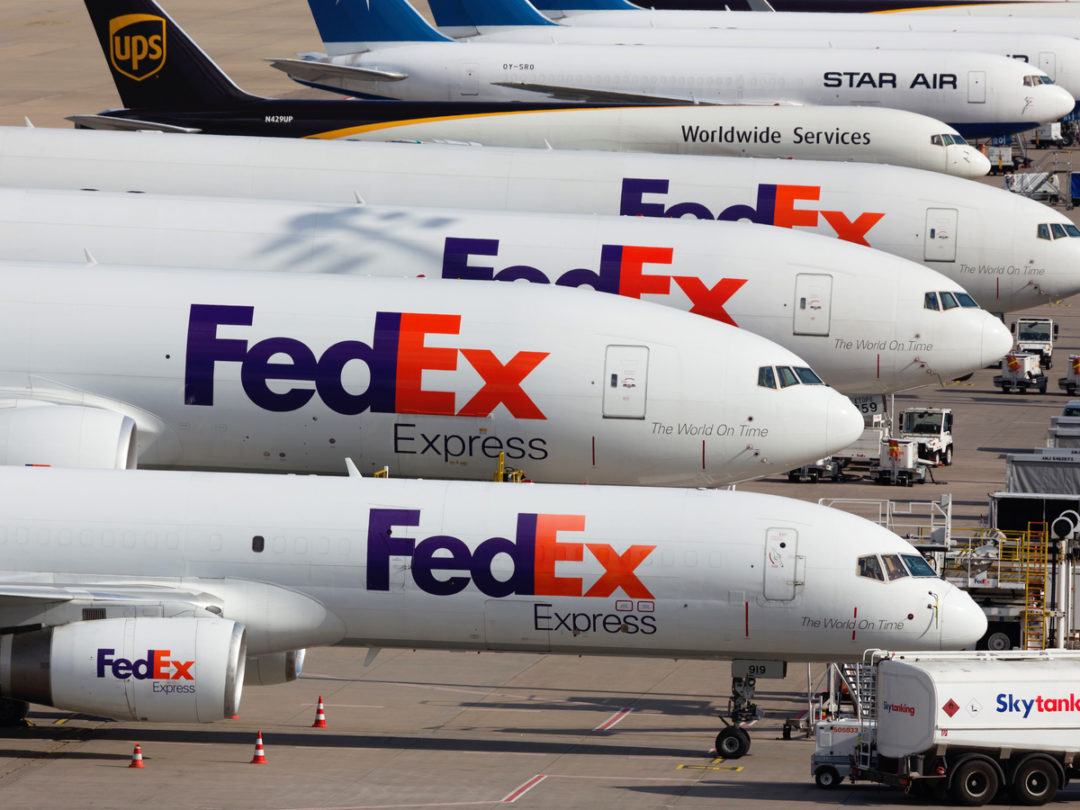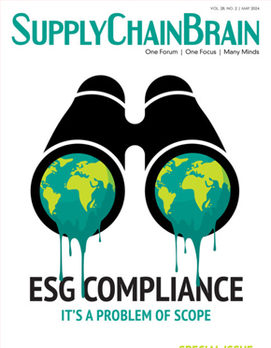
For most companies or consumer-facing brands, the priority is keeping customers happy and loyal, so that they generate return business. Thanks to e-commerce, sellers have been able to reach consumers at home and across borders, but this has posed its own challenge. Buyers today want instant satisfaction — to receive their parcels almost as soon as they order them.
Being able to meet customer expectations and deliver parcels rapidly is the challenge of the last mile, especially when it comes to cross-border e-commerce. Buyers can order from their sofas, with just one click. And with China turning out cheap products, it’s no wonder that the number of cross-border purchases is on the rise.
How can companies ensure that the last mile provides the best customer experience, while minimizing costs and remaining a sustainable operation? If companies want to highlight the environment impact of e-commerce, it’s their responsibility to educate consumers. I believe they should always be offered a slow or green option, and be informed about the potential impact of their purchases on the carbon footprint.
According to a recent study by Cross Border Commerce Europe, 23% of e-commerce in Europe crosses borders. Furthermore, research firm Forrester estimates that cross-border e-commerce is set to reach $627 billion in sales by 2022, making up a grand total of 20% of e-commerce as a whole.
One might think that e-commerce is more sustainable because buyers aren’t traveling to stores, but that’s not necessarily true. In fact, e-commerce is only more sustainable when parcels are received on time, delivered from local warehouses as opposed to being flown across the country, and aren’t returned. That’s a lot of criteria to get right. Within cities, traditional shopping at brick-and-mortar stores can still be sustainable if consumers are traveling by public transport, or by environmentally friendly options such as bike or on foot.
The last mile is complex on many different levels. It’s not only about customer satisfaction; it’s also about logistics, cost efficiency, and environmental concerns. Any brand with an e-commerce presence has to take this into consideration. Transportation costs that are sunk into last-mile delivery can make up 8% of annual turnover, eating into margins.
Some of the biggest players in e-commerce have made delivery extremely competitive, setting the bar high for consumer expectations. For example, 62% of orders from China have free delivery. That’s pretty impressive, considering how far the parcel has to travel, not to mention paying customs duties and more. Amazon offers free two-hour delivery in certain U.S. cities, meaning consumers can get a “dopamine reward” from their purchases almost instantly.
In addition to the logistics element, the last mile poses the biggest environmental impact in e-commerce. Think of the number of vehicles it takes to deliver parcels across country, not including the increased environmental impact every time a delivery is missed. A study by Julia Edwards of Heriot-Watt University showed that if a van is out for delivery and half of the items fail to be delivered, carbon emissions are 50% higher than if all the deliveries were successful.
Companies that wish to act responsibly have to start educating consumers and giving them more options upon checkout. Research reveals that over half of consumers are unaware that express delivery services produce more emissions than slower ones. Yet 85% of respondents said they would opt for slower delivery if it was clearly communicated that it meant a reduction in emissions.
When showing different options for checkout, help customers to understand which ones are more sustainable. Taking it one step further, you can invest time in educating consumers on the impact of different delivery options through content such as blog posts and video.
Here are a few other ideas for making last-mile, cross-border deliveries more sustainable:
- Use letterbox-sized packaging. This means parcels can be dropped off without someone having to be home.
- Collaborate with local pick-up points. Give consumers the option to pick up parcels from a local store, rather than by home delivery.
- Use green delivery options such as bikes or electric-powered vehicles.
- Do localized fulfillment. Stock products locally, and work with local providers to deliver your them.
Companies have an increasing responsibility to be thoughtful in all aspects of their operations. It’s not just about where materials are sourced and products are made; it’s also about the impact of processes such as packaging and delivery.
Businesses can set an example by showing they understand the importance of the last mile’s environmental impact, and educating consumers to make responsible choices.
Bernard Schreiner is co-founder of Paazl, a provider of software for last-mile e-commerce delivery.







